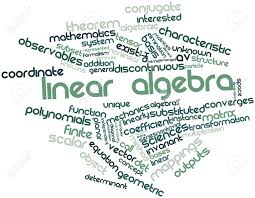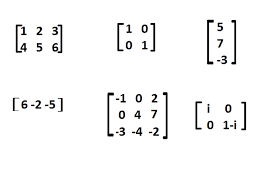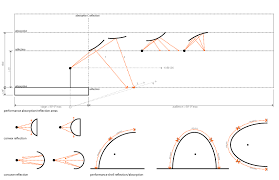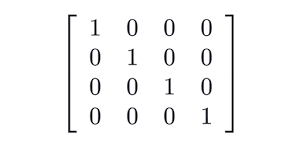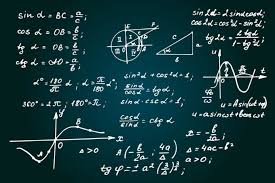
Mathematical Finance
Order Instructions:
Dear Admin,
The Details in the attachment file or by email
Thank you
SAMPLE ANSWER
- Breakeven analysis is calculated to determine the minimum sales that an
Organization must meet to cover all the expenses and commence in making a profit (Cafferky & Wentworth, 2010). In our case, where; Unit variable cost= £30, Fixed Cost=£250,000, Sales= 50,000.
Solution
Total Variable cost= Unit Variable Cost*Sales =£30*50,000=1,500,000
Total Cost= Total Variable Cost + Fixed Cost=£1,500,000+£250,000=1750000
Breakeven point= Total Cost/ Unit sales
Therefore, the breakeven selling price is= Total Cost/ Sales
= 1750000/250000 = £7 per unit
If the planned selling price is £48 per unit, then;
Solution
Breakeven Sales Units = 250000/ (48-30) = 13,889
Budgeted Sales Units = 50000
Margin Safety = (50000-13889)/50000=0.72222*100
Therefore, the margin safety is 72.22%
- The following information is about two organizations, A and B.
- Which firm has higher operating gearing?
According to Alhabeeb (2012) Operating Gearing can be arrived using the following the formula {[quantity* (Price- Variable Cost per Unit)]/ Quantity* (Price –Variable Cost per unit) – Fixed Operating Cost}. Therefore;
For Organization A= [160,000*(0.60-0.20)] /160,000*(0.60-0.20)-60,000=64,000/4,000
=16
For Organization B= [160,000* (0.60-0.50)]/160,000*(0.60-0.50)-12,000
= 4
Therefore, firm A has a higher operating gearing compared to firm B
- What is the expected net income of both firms?
The expected net income for firm A is 4,000 [(160,000*0.60)-(60,000+0.20*160,000)]. Which is similar to the expected net income for firm B [(160,000*0.60) – (12,000+0.50*160,000)]= 4,000. Therefore, the expected net income for both firms is 4000
- If the sales are 140,000 units, then the expected net income for firm A will be 4000 [(140,000*0.60) – (60,000+ 140,000*0.20)]. For firm B, the expected net income is 2000 [(140,000*0.60)- (12,000+140,000*0.50)]. Consequently, if the sales were 180, 000 units, then the expected net income for firm A will be 20, 000 [(180,000*0.60) – (60,000+140,000*0.20)]. Consequently, the expected net income for firm be will be 6,000 [(180,000*0.60)- (12000+180,000*0.50)]
- The firm that is facing more risk in terms of current sales prediction is firm B that has a lower operating Gearing. Firms with higher operating gearing can make more money as compared to firms with lower operating gearing from incremental revenues (Richards, 2013). This tendency is because they don’t have to increase their cost of production to make those sales (Mclaney & Atrill, 2010). But firms with lower operating gearing have to increase their cost of production to increase sales.
References
CAFFERKY, M. E., & WENTWORTH, J. (2010). Breakeven analysis the definitive guide to cost-volume-profit analysis. [New York], Business Expert Press. http://site.ebrary.com/id/10404343.
Richards, D. (2013). How to do a breakeven analysis.
Alhabeeb, M. J. (2012). Break‐Even Analysis. Mathematical Finance, 247-273.
MCLANEY, E. J., & ATRILL, P. (2010). Accounting: an introduction. Harlow, Financial Times Prentice Hall.
We can write this or a similar paper for you! Simply fill the order form!




